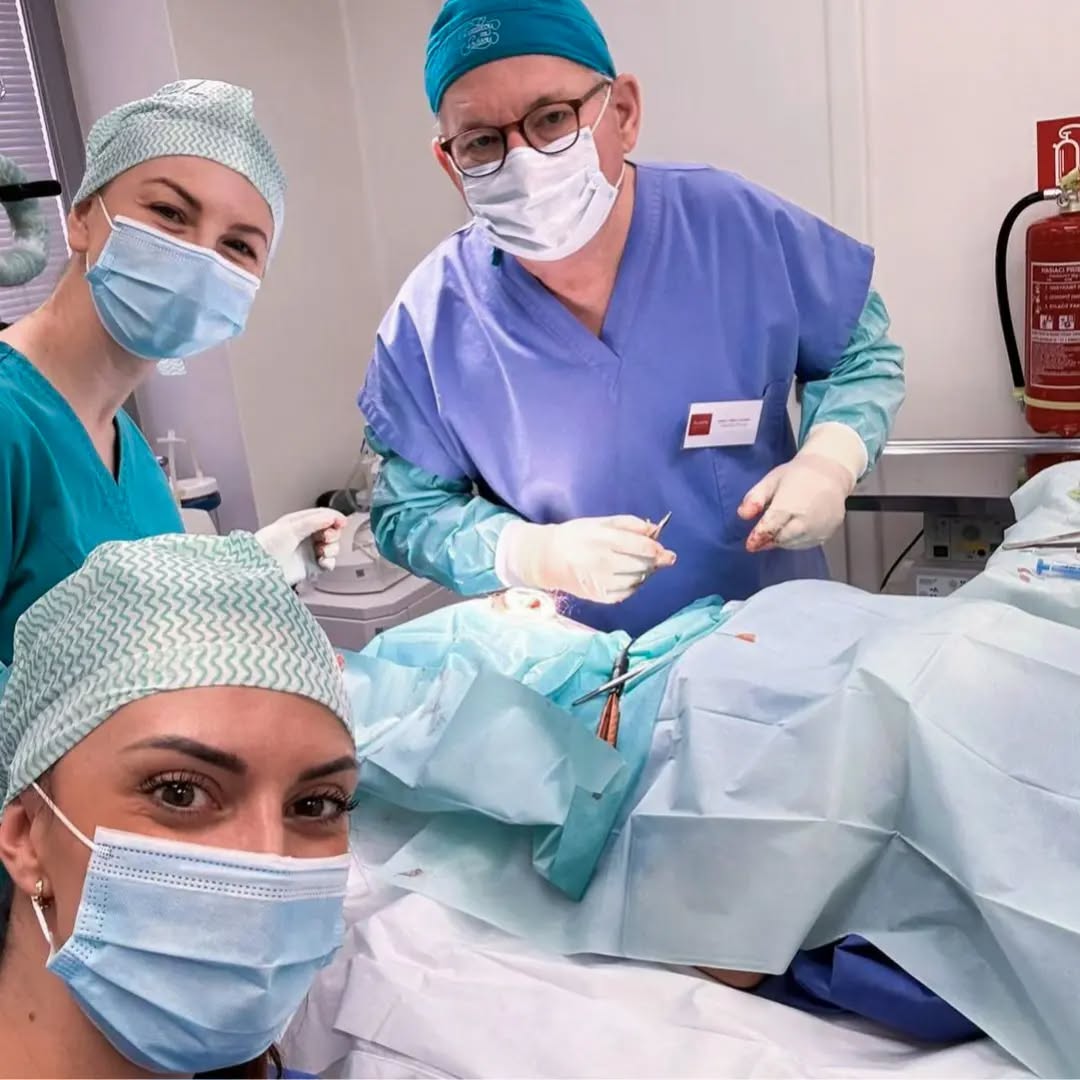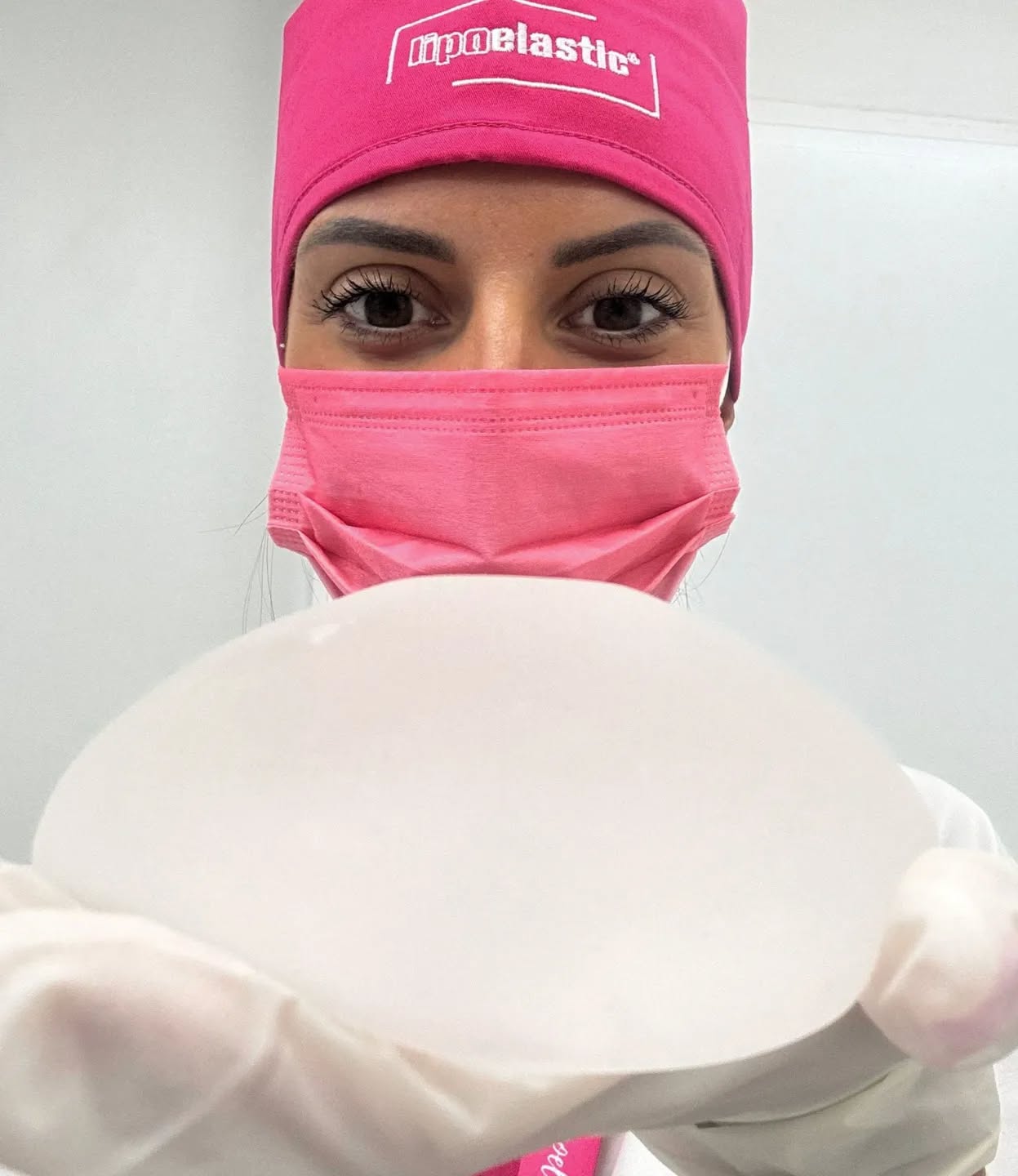Correction of protruding ears
OTOPLASTY
#odstavajuceusi
OTOPLASTY
Protruding ears are a frequent source of ridicule. This problem can accompany a person from early childhood up through adolescence. The stress created in this way can significantly affect the mental development of a child as well as an adolescent. This handicap can be removed rapidly and effectively through aesthetic surgery. This is a non-invasive outpatient procedure.
Ear surgery is one of the simpler surgical procedures. The correction is most often performed on both sides to maintain the symmetry of the ears. The correction effectively unlimited by age and can be done on both children and adults.
Correction of the ears
In the case of children, surgery at the age of 5-6 years is the most suitable. In paediatric patients, we perform the surgery only with consent of the parents. Prior to the procedure, it is necessary to tell the child truthfully about the mild pain associated with the operation.
Contraindications
The operation is carried out only if the patient is in complete health. There is no serious contraindication to this operation. Only people with chronic diseases – for example, with diabetes, reduced blood clotting and people prone to keloid scars – need to be careful about having the procedure.
Pre-operative preparation
Before the operation, basic laboratory tests – blood count, bleeding time and clotting – need to be performed. A light breakfast on the day of surgery is appropriate. The patient shall arrive to the outpatient clinic with his or her hair washed.
Course of the operation
The operation is performed under local anaesthesia and is an outpatient procedure; the patient goes home after the operation. Prior to the procedure, the patient needs to fill in the necessary forms – a questionnaire and consent to the operation. Subsequently, pre-operative photo documentation is performed.
After preparation of the operating field – washing with a disinfectant and wrapping the ears with sterile drapes, local anaesthesia is started. The operation itself follows – the shaping of the cartilage to an optimal form. After the operation, the ears are treated with a sterile cotton wrap and fixed with an elastic bandage.
Post-operative care
It is important that the elastic bandage be worn for at least 2 weeks. During the following one month, a firm headband will suffice, which is important to wear especially at night. During the first re-bandaging, the wound is checked and treated aseptically. A patient check-up always takes place on the 2nd, 7th and 14th day after the operation. The patient is informed about home care. Post-operative pain is individual and is managed with analgesics. It will then completely recede within 1 - 2 days after the surgery.
Why this treatment?
- the operation is done under local anaesthesia
- experienced team of plastic surgeons
- a rapid and pain-free procedure
* You can register at klient.dcmedical.eu and use credit payment, where with the highest bonus you pay the highest price | Anyone can register, even a new client/patient
** Prices are orientational only | The final price depends on the complexity and range of the interventions, which we will confirm upon consultation | The price list is valid on date 5.1.2026













